For centuries domestic pigeons were kept in dovecotes, also dovecots, which were often referred to as a columbaria, pigeonnaire, or pigeon house. Domestic pigeons were easy to breed and provided a meat considered to be a delicacy by the wealthy and their manure was considered to be the best fertilizer available. Pigeon dung has a very high nitrogen content and has to be allowed to compost before it can be used otherwise it “burns” plants.
The increasing use of gunpowder in warfare after the mid-1300’s also made pigeon dung very valuable due to its high nitrate content as it was then one of the few sources of the saltpeter [potassium nitrate] needed to manufacture gunpowder. Saltpeter became so valuable in the 16th and 17th centuries that dovecotes were often guarded to prevent the theft of the dung. Pigeon dung continued to be an important source of saltpeter until well into the 1700’s.
Dove feathers were also a valued resource and used for stuffing mattresses and pillows.

After the Norman invasion and occupation of England after 1066 the keeping of domestic pigeons, which were descended from rock doves, gradually became common among the aristocracy and gentry. The building of a dovecote was a feudal right [Droit de Colombier – the privilege of possessing a dovecote] restricted to the upper classes, including lords of the manor and the heads of religious institutions. The pigeons were allowed to fly freely over the surrounding countryside and feed where ever food was to be found. This was often to the detriment of the local inhabitants crops, but they just had to accept it as a lord’s feudal right although they were allowed to scare the birds away, but not to kill them.
There is no known record of the Colkyns of Esole having a dovecote, but records regarding their property during their tenure at Esole and Freydevill are few and far between, but as lords of the manor they would have been entitled to have one. The 1349 St. Alban’s Abbey manorial rent roll for Esole records Sir John de Beauchamp as having “a messuage with dovecote”, as does Sir John’s Post Mortem Inquisition of 1360.
The right to build a dovecote was a visible sign of the high status of its owner, and they were usually built in front of the owner’s house to be seen by visitors and passers-by. In my previous article on the Esole dovecote I speculated that the Esole dovecote was therefore probably under what is now Beauchamps Wood, which was then the forstall, or open space, in front of the Esole manor house, and a recent discovery at the Beauchamps excavation appears to confirm the location of the dovecote recorded during Sir John de Beauchamp’s tenure at Esole from the mid-1340’s to his death at Calais in December of 1360.
The following is taken from a longer article regarding recent discoveries at Beauchamps written by Peter Hobbs of Old St. Alban’s Court, the present owner of Beauchamps, and the driving force behind the ongoing archaeological excavations there.
“We put in another trench to confirm the continuation to the North East of what we now believed to be a 1798 ditch and bank around Beauchamps Wood – which it did –but in so doing to our astonishment exposed another rectangular building just below ground level. Finely built with stone corners and knapped flint, the breadth of the walls suggested it was more than one storey high. Unlike our other buildings, there was no floor other than earth but the mix of flint with some tile and fragments of yellow brick was similar to the construction of one of the earlier buildings we had excavated on site. Too small to be domestic accommodation, we concluded that we had probably found the dovecot that was recorded on site in 1349 and again in 1360.
Dovecots then (and until the time of Charles 1) required royal permission to erect and were a significant statement of both the importance as well as the wealth of their owners. Ours certainly does that and of course at the time they were not just a source of eggs and meat but also were the principal source of the saltpetre for gunpowder for the fleet and royal artillery.
If our assessment is correct, this would be the earliest recorded domestic example of its kind as far as we can research in East Kent. But who built it? Clive Webb has researched who was sufficiently rich and important at the time to be allowed to erect it. (We suspect it was later dismantled but further excavation will be required to throw more light on that.) One clue is that the Abbot of St Albans had managed to secure possession of that piece of the Manor of Easole ( whilst the de Say family still retained lordship) in or just after 1346 whilst it seems Sir John purchased the land and buildings from the Colkyn family who had held them for 50 years or so at about the same time. He then paid the Abbot a manorial rent of £2 12shillings and 6pence pa (an indexed £2000 or more realistically in labour terms £38000 and in comparitive income terms £75000. Given what a mess the Abbey was making of it’s main finances at the time, they had a pretty astute estate manager – the Cellarer – then. ). The land holding arrangements involved in all this are complex in our terms and not worth describing here even if I understood them fully. Sir John was a famous name: bearer of the Royal Standard at the Battle of Crecy, member of the Garter together with the Black Prince, highly successful general against the French, Governor of Calais and Admiral of the fleet and extremely wealthy. We believe he probably demolished most of the existing buildings and erected a new two storey house and other buildings like the dovecot as well as digging the ditch which separated his land from the rest of the estate lying to the South. Given his likely sources of intelligence, he may well have been aware of the plague which we know as the Black Death which was sweeping through European cities and made preparations to base himself close to Dover (fast route to Calais) and Sandwich (harbour for all his troops and supplies for France) but clear of those urban centres and their potential risks. Our site was ideal being equidistant from both but still close to the main roads. Certainly he was an highly able and intelligent and successful man and if anybody could see trouble, he would have been the man and was making the best provision he could. (Brexit anyone?) We have a manorial roll for 1349 and whilst Canterbury had already lost more than a third of its inhabitants to the plague, including the Lord Mayor, Nonington appears untouched so his foresight was borne out – although the plague still got him in 1360 in Calais where he had been dispatched by the King to rescue John of Gaunt who had been trapped by the French when he was on a plundering raid.
Of course, this discovery persuaded us to test whether the 1798 ditch, driven straight through the foundations of our probable dovecot, had also cut through the roadway into the site from the West that we had previously tentatively identified. Indeed it did but the excavations are revealing further walling again on a different axis to everything else we had as well as shallow piles of flint which are being investigated to see what, if anything, lies underneath. There are some weeks at least of work to try to bottom what may have been on this part of the site.
So having over a year ago assumed that we had most if not all the information available to us in the ground outside Beauchamps Wood, events have shown how wrong we are!
One further observation: the supreme disinterest in what is going on by the vast majority of those passing by. May be they feel sufficiently informed by these articles? (Um. Ask the Editor) But there is one interest – virtually all the metal rods we use to mark out the site and tape off areas have disappeared which is a pity. The Dover Archaeological Group is professionally led but the members are all volunteers and the Group receive no funding whilst they uncover so much of which was completely unknown in our local history so these sorts of mean actions are a disappointment”.
The following gallery contains photographs of the newly discovered and excavated Esole dovecote taken by Clive Webb in May of 2019.
Fourteenth century dovecotes were often built from stone and flint, with the nesting holes, which had to be dark, private and dry, built into the flint walls from the bottom to the top.
After the arrival of the omnivorous brown rat into England in the early 1700’s, which replaced the mainly vegetarian black rat, the first row of nest holes were built a couple of feet or more above ground level to prevent the predatory brown rats from getting into the holes and destroying the eggs and squabs. Existing dovecotes had the nest holes in the lower couple of feet of the wall blocked up.
The inside walls of dovecotes were often plastered and painted white as the birds are attracted by white surfaces, and this helped to encourage them to stay. Some dovecotes had L shaped nesting holes, they are thought to have been made in that shape to accommodate the birds’ tails and in imitation of the nesting hole shape most favoured by wild birds. There was usually a ledge just below the entrance to the nesting hole which provided a perch for the birds.
A ladder was obviously needed to reach the nesting boxes to harvest the eggs and squabs, and for centuries a traditional ladder was used in dovecotes of all shapes and sizes. One innovation came into common use in England in the early 18th century onwards when larger circular dovecotes were fitted with a revolving ladder, often referred to as a potence. This was a revolving wooden pole mounted on a plinth which had arms onto which ladders could be attached and suspended a few feet off the ground. Instead of having to continually move a conventional ladder around the wall the harvester could simply rotate the potence through 360 degrees to move round to fresh nesting boxes.
Pigeon meat was considered a delicacy with usually only the young birds, known as squabs, being eaten. In the 14th century humorist medical books stated that squab was “hot and moist” food, but the meat of older pigeons was hot, dry, and “barely edible”.
Pigeons feed their young on regurgitated “pigeon milk” which means they can begin to hatch their young as early as March and continue on into October or even early November. The squabs were harvested when they were around 28-30 days old, as they were by then large enough to eat but unable to fly and therefore easy to catch. A number of birds were allowed to mature to provide future breeding stock. Various fourteenth and fifteenth century, and later, household accounts indicate that peak harvest times were April and May, and then from August to early December. There would almost certainly be no squabs from December to late March so the de Beauchamps and their successors at Esole would have enjoyed a ready supply of squabs for nine or so months of the year.
Restrictions of the ownership of dovecotes were enforced until the early 1600’s, after which time they began to be built by all classes from aristocrats to country cottagers and many examples of sixteenth to nineteenth century dovecotes are still to be found. The keeping of pigeons for food declined in the nineteenth century as much cheaper meat became more readily available all year round.


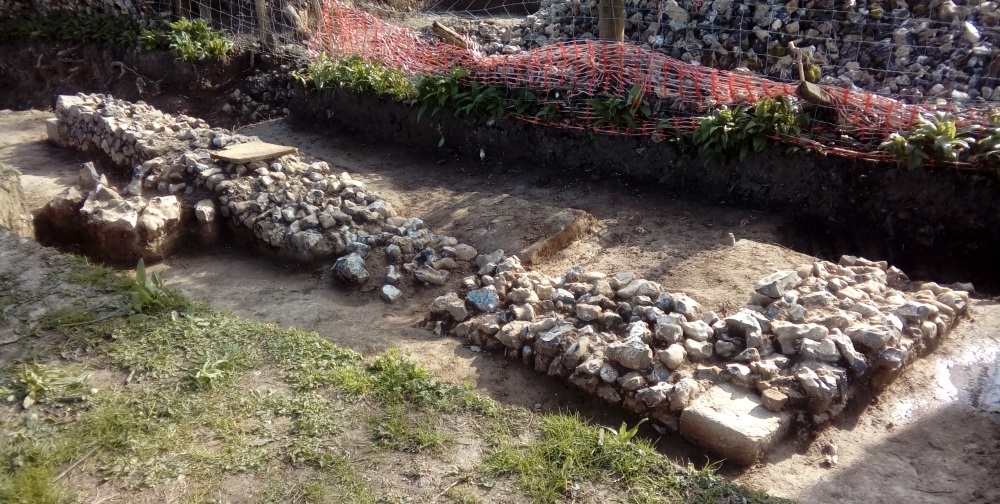

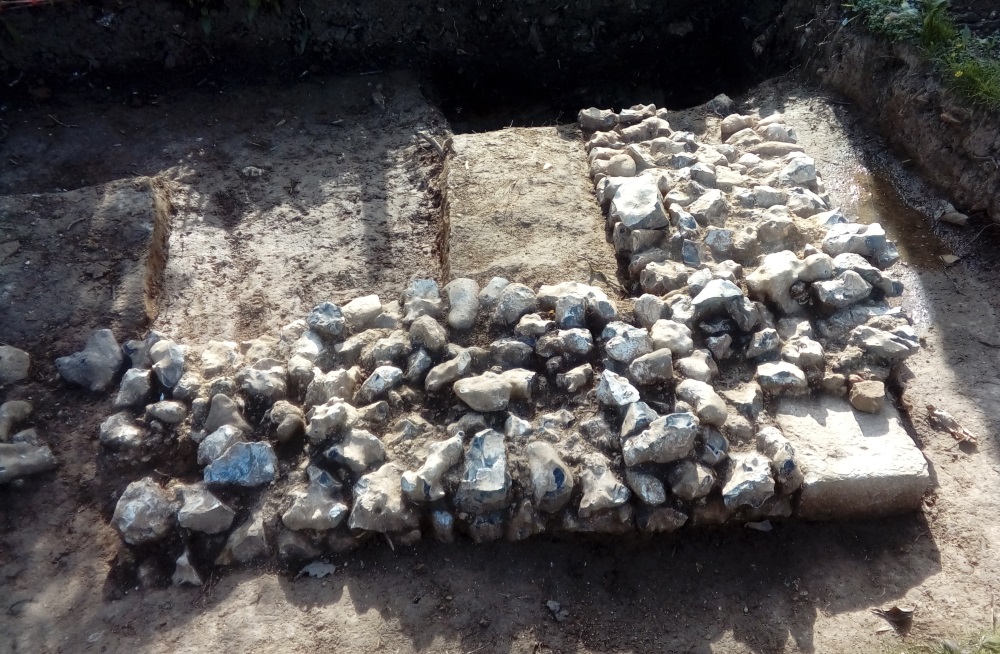
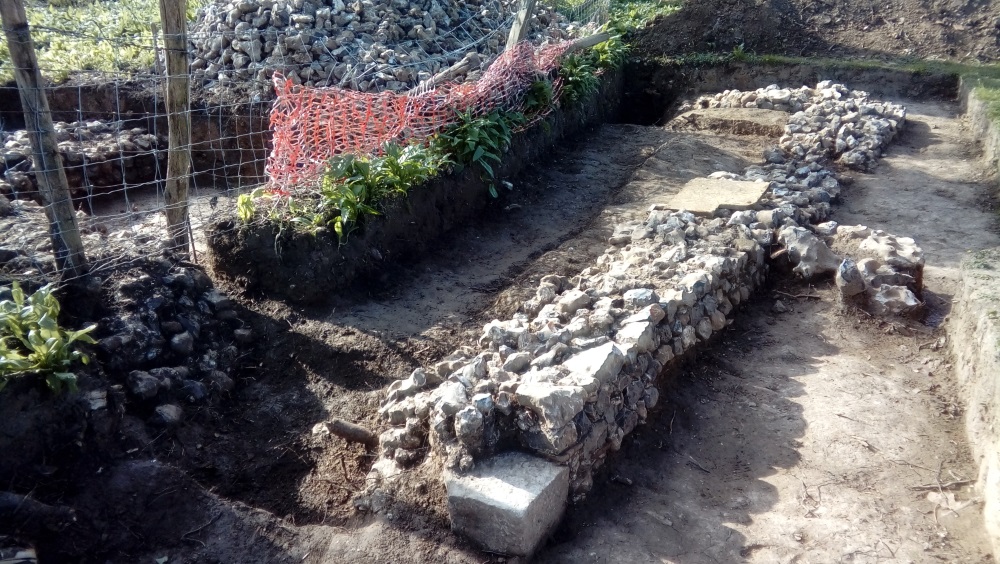
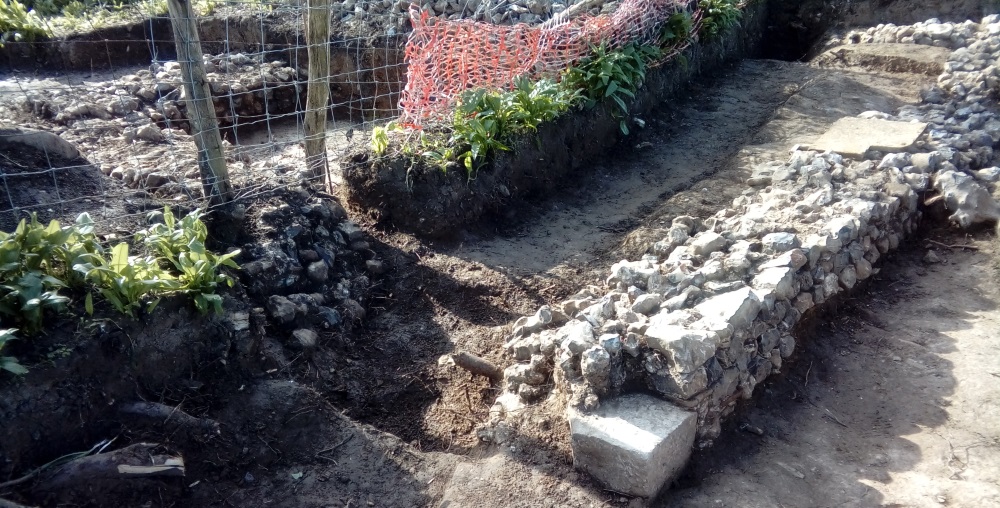
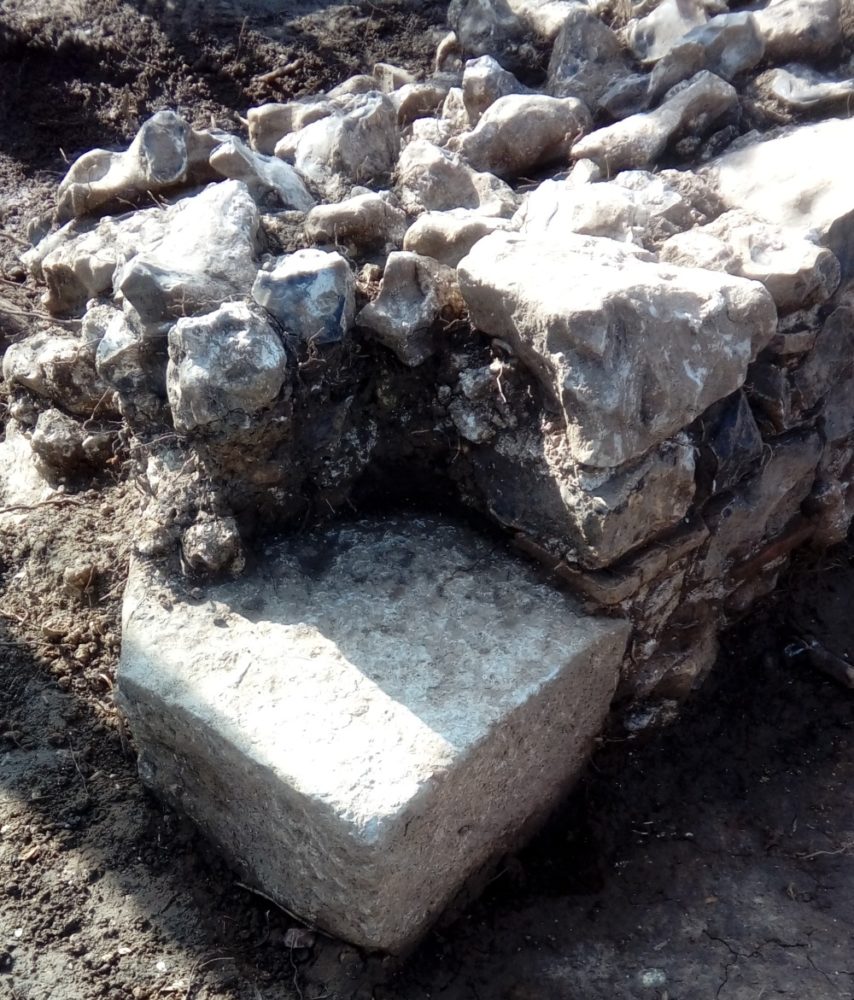

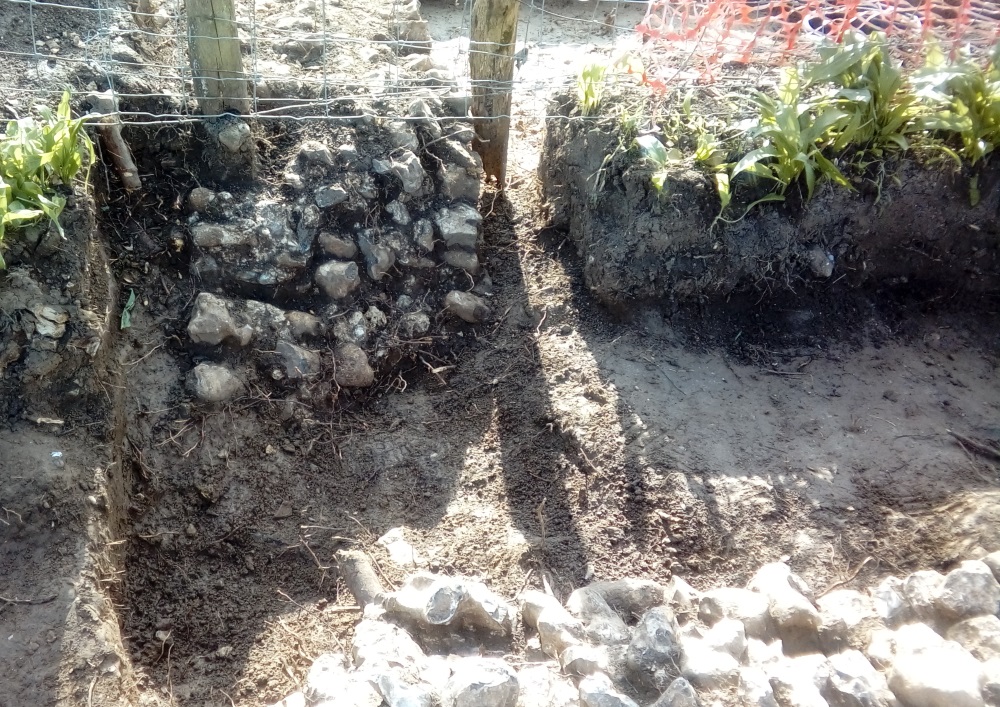
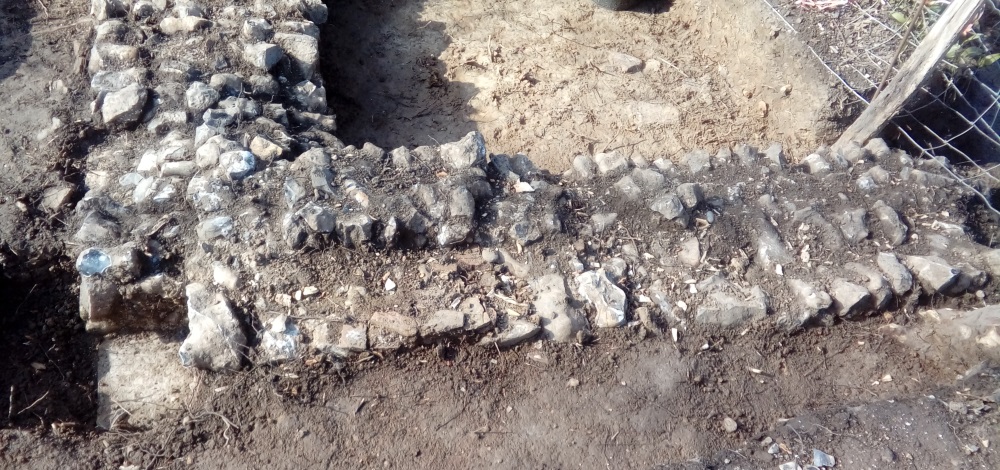
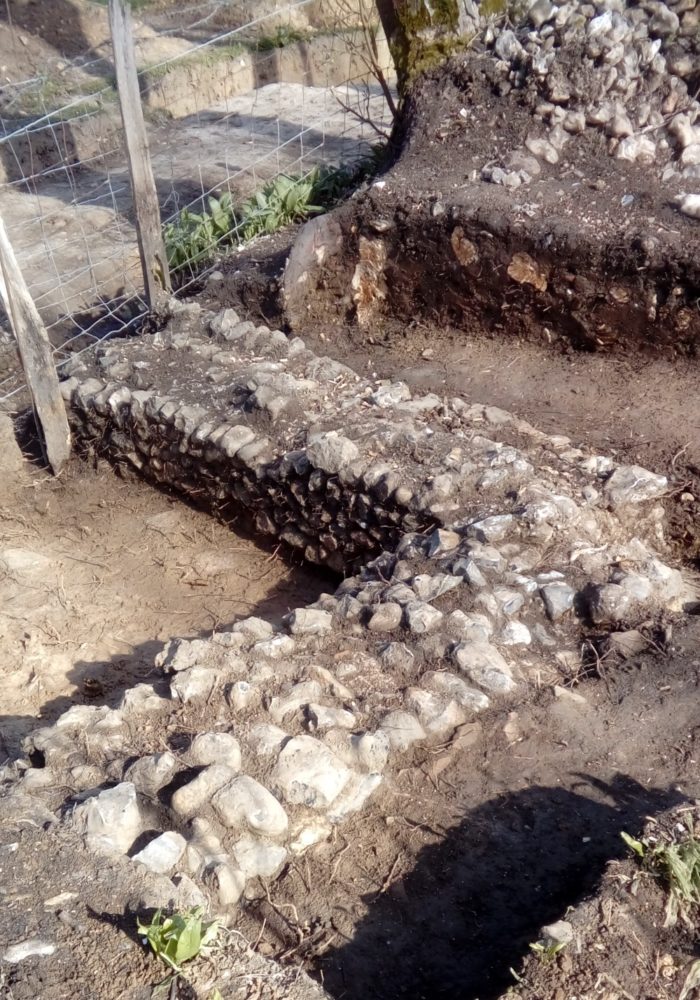
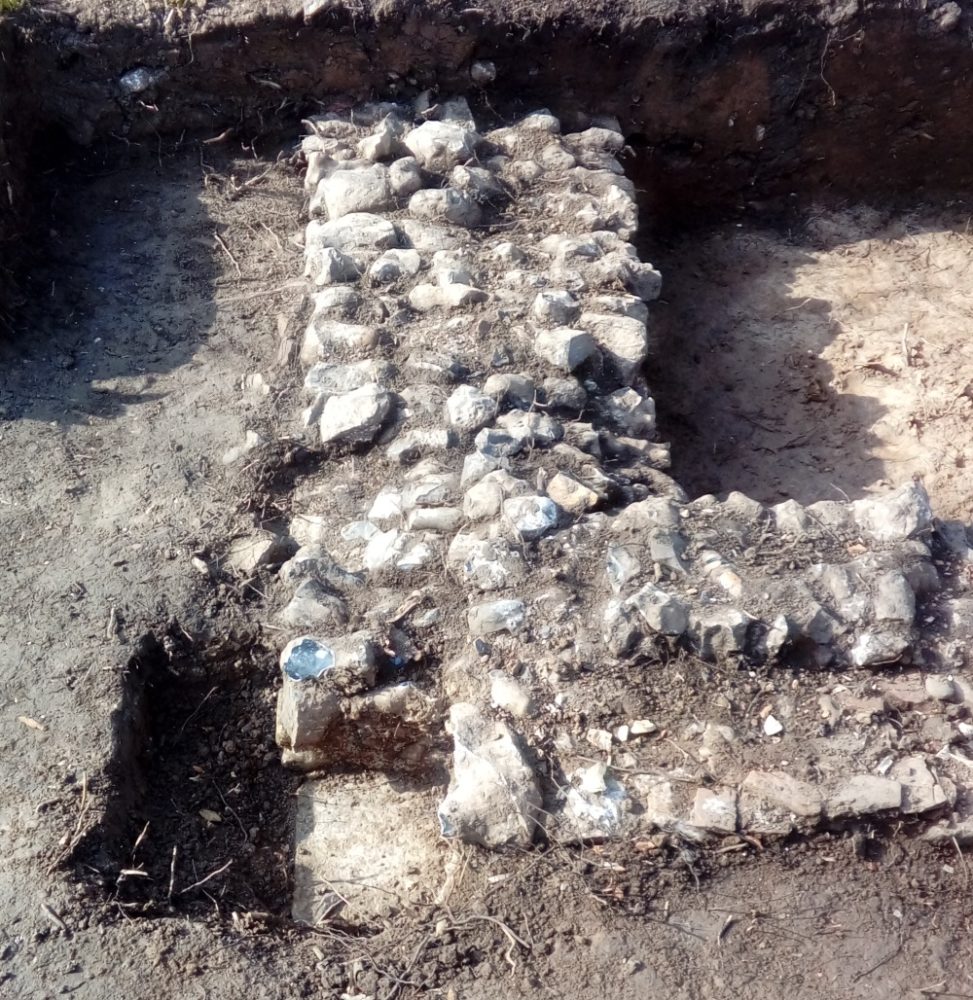
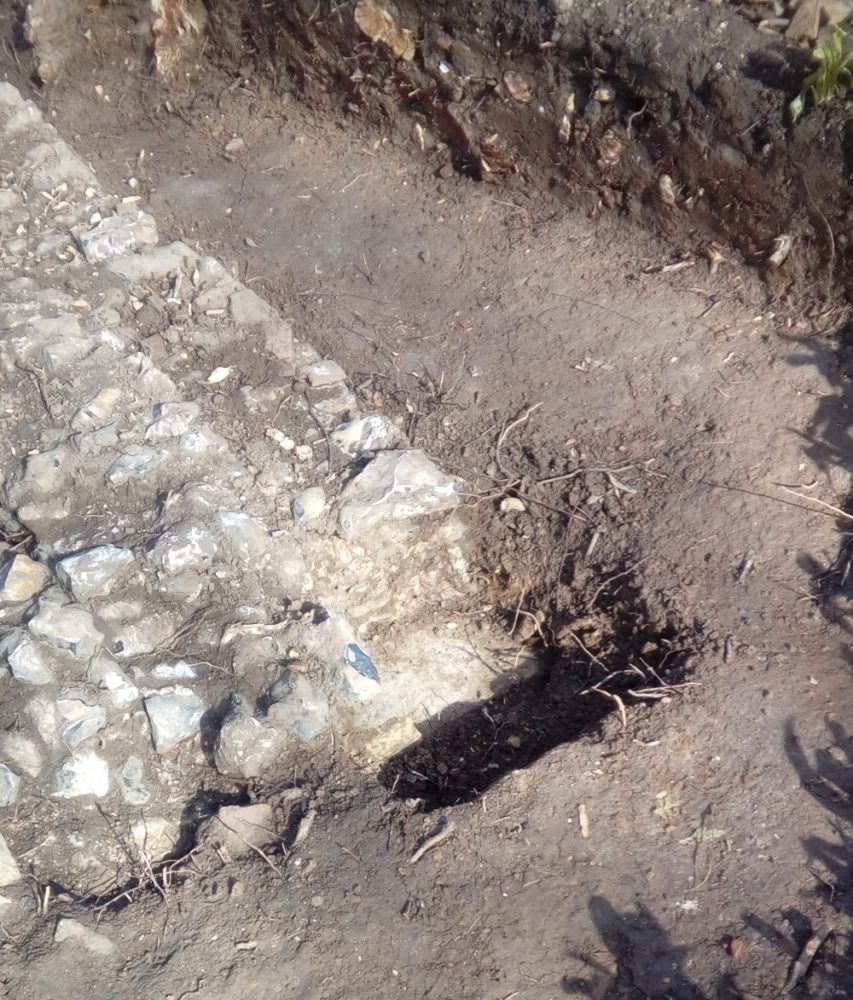

Thanks, Baz. I’ve just made some more amendments, so you may like to read it again.
Interesting read ?